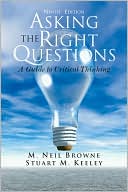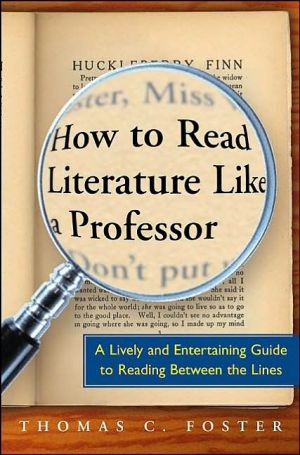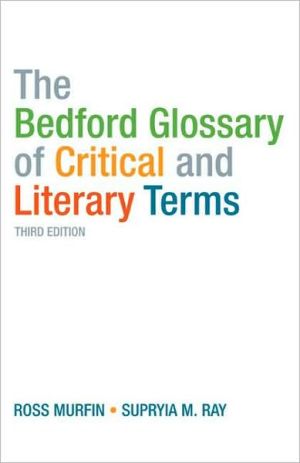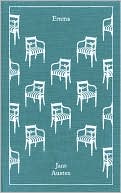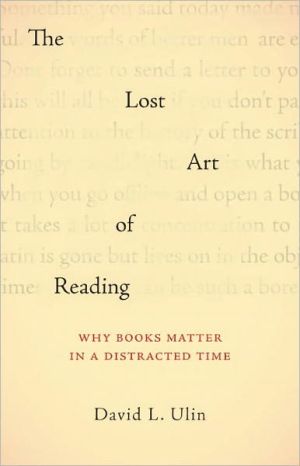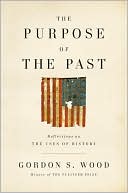Asking the Right Questions
Search in google:
Used in a variety of courses in various disciplines, Asking the Right Questions helps bridge the gap between simply memorizing or blindly accepting information, and the greater challenge of critical analysis and synthesis. Specifically, this concise text teaches how to think critically by exploring the components of arguments—issues, conclusions, reasons, evidence, assumptions, language—and on how to spot fallacies and manipulations and obstacles to critical thinking.
Preface ixChapter 1 The Benefit of Asking the Right Questions 1Introduction 1Critical Thinking to the Rescue 2The Sponge and Panning for Gold: Alternative Thinking Styles 3An Example of the Panning-for Gold Approach 4Panning for Gold: Asking Critical Question 6The Myth of the "Right Answer" 6The Usefulness of Asking the Question, "Who Cares?" 7Weak-Sense and Strong-Sense Critical Thinking 8The Satisfaction of Panning for Gold 9Effective Communication and Critical Thinking 9The Importance of Practice 9The Right Question 10Chapter 2 Critical Thinking As a Social Activity 11Values and Other People 11The Primary Values of a Critical Thinker 13Thinking and Feeling 14Keeping the Conversation Going 15Avoiding the Dangers of Groupthink 18Chapter 3 What Are the Issue and the Conclusion? 19Kinds of Issues 20Searching for the Issue 21Searching for the Authors' or Speaker's Conclusion 22Clues to Discovery: How to Find the Conclusion 23Critical Thinking and Your Own Writing and Speaking 24Practice Exercises 25Chapter 4 What Are the Reasons? 28Reasons + Conclusion = Argument 29Initiating the Questioning process 30Words That Identify Reasons 31Kinds of Reasons 32Keeping the reasons and conclusions Straight 33Critical Thinking and Your Own Writing and Speaking 34Practice Exercises 34Chapter 5 What Words or Phrases Are Ambiguous 37The Confusing Flexibility of Words 38Locating Key Terms and Phrases 38Checking for Ambiguity 40Determining Ambiguity 41Context and Ambiguity 43Ambiguity, Definitions, and the Dictionary 44Ambiguity and Loaded Language 46Limits of YourResponsibility to Clarify Ambiguity 48Ambiguity and Your Own Writing and Speaking 48Summary 48Practice Exercises 49Chapter 6 What Are the Value and Descriptive Assumptions? 53General Guide for Identifying Assumptions 55Value Conflicts and Assumptions 56Typical value Conflicts 57The Communicator's Background as a Clue to Value Assumptions 58Consequences as Clues to Value Assumptions 58More Hints for Finding Value Assumptions 59Finding Value Assumptions on Your Own 60Values and Relativism 62Identifying and Evaluating Descriptive Assumptions 62Illustrating Descriptive Assumptions 62Clues for Locating Assumptions 64Avoiding Analysis of Trivial Assumptions 66Assumptions and Your Own Writing and Speaking 66Practice exercises 67Chapter 7 Are There Any Fallacies in the Reasoning? 70A Questioning Approach to Finding Reasoning Fallacies 71Evaluating Assumptions as a Starting Point 72Discovering Other Common Reasoning Fallacies 74Looking for Diversions 80Sleight of Hand: Begging the Question 82Summary of Reasoning Errors 83Expanding Your Knowledge of Fallacies 84Fallacies and Your Own Writing and Speaking 85Practice Exercises 85Chapter 8 How Good Is the Evidence: Intuition, Personal Experience, Testimonials, and Appeals to Authority? 89The Need for Evidence 89Locating Factual Claim 91Sources of Evidence 92Intuition as Evidence 93Dangers of Appealing to Personal Experience and Anecdotes as Evidence 94Appeals to Authority as Evidence 96Summary 100Practice Exercises 100Chapter 9 How Good Is the Evidence: Personal Observation, Research Studies, Case Examples, and Analogies? 103Personal Observation 103Research Studies as Evidence 104Generalizing from the Research Sample 108Biased Surveys and Questionnaires 110Critical Evaluation of a Research-Based Argument 111Case Examples as Evidence 113Analogies as Evidence 114Summary 118Practice Exercises 118Chapter 10 Are There Rival Causes? 122When to Look for Rival Causes 123The Pervasiveness of Rival Causes 123Detecting Rival Causes 126The Cause or A Cause 126Rival Causes for Differences Between Groups 129Confusing Causation with Association 130Confusing "After this" with "Because of this" 132Explaining Individual Events or Acts 133Evaluating Rival Causes 134Evidence and Your Own Writing and Speaking 134Summary 134Practice Exercises 134Chapter 11 Are the Statistics Deceptive? 137Unknowable and Biased Statistics 138Confusing Averages 138Concluding One Thing, Proving Another 140Deceiving by Omitting Information 141Risk Statistics and Omitted Information 143Summary 144Practice Exercises 144Chapter 12 What Significant Information Is Omitted? 147The Benefits of Detecting Omitted Information 148The Certainty of Incomplete Reasoning 148Questions That Identify Omitted Information 150The Importance of the Negative View 152Omitted Information That Remains Missing 153Practice Exercises 154Chapter 13 What Reasonable Conclusions Are Possiblee? 157Assumptions and Multiple Conclusions 158Dichotomous Thinking: impediment to Considering Multiple Conclusions 158Two Sides or Many? 159Searching for Multiple Conclusions 160Productivity of If-Clauses 161Alternative Solutions as Conclusions 162The Liberating Effect of Recognizing Alternative Conclusions 162All Conclusion Are Not Created Equal 163Summary 163Practice Exercises 164Chapter 14 Overcoming Obstacles to Critical Thinking 167Reviewing Familiar Obstacles 167Mental Habits That Betray Us 168Wishful Thinking 173Final Word 174Index 176
